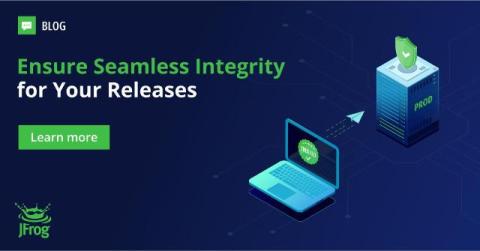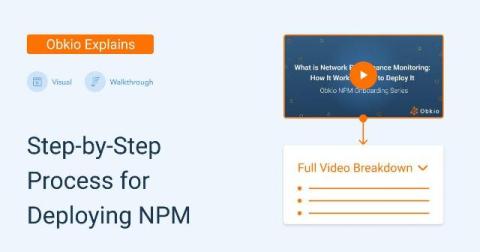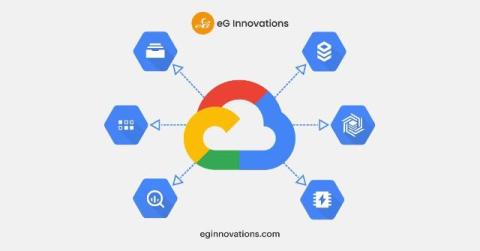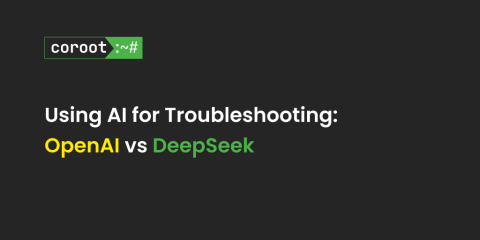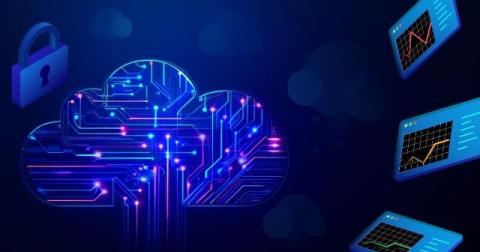The Power of Evidence Collection and Release Lifecycle Management
The speed of today’s software development lifecycle is only getting faster. However, the complexity of today’s pipelines make it hard to track and manage the processes software releases must go through. With increasing regulatory pressures, ensuring and proving your software has gone through the necessary quality controls is no longer nice to have – it has become a necessity.


